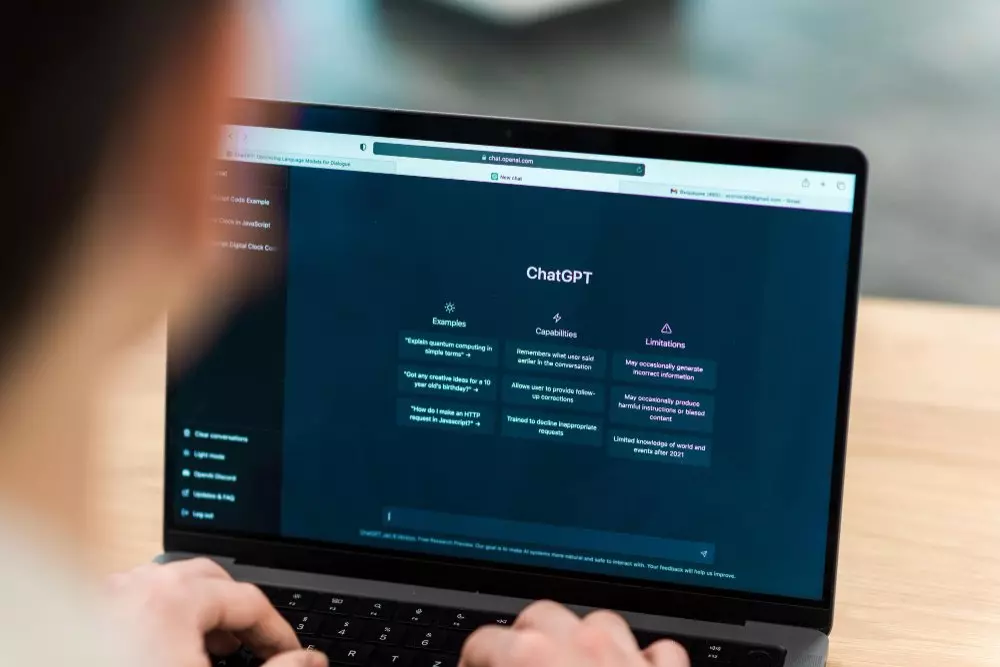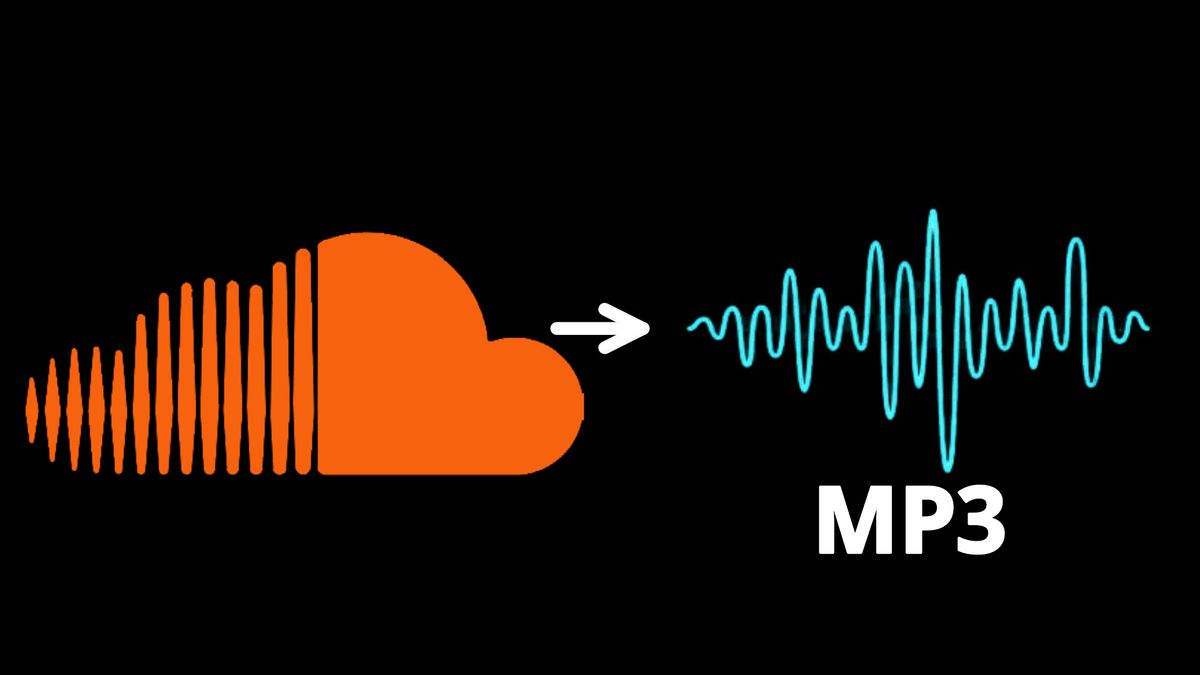
Are you curious about Does Safeassign Detect ChatGPT? The question of whether SafeAssign can detect ChatGPT-generated content intrigues many, including myself.
SafeAssign stands as a reputable tool for detecting plagiarism and upholding academic integrity. However, it possesses certain limitations, primarily relying on preexisting databases, which may hinder its effectiveness in detecting newly generated or modified content.
In this comprehensive article, we will thoroughly explore the nuances of SafeAssign and ChatGPT to ascertain whether SafeAssign possesses the capability to identify content generated by ChatGPT.
What is ChatGPT?
ChatGPT, crafted by OpenAI, stands as an advanced AI model harnessing deep learning techniques to create coherent and original text.

This versatile tool is capable of generating a diverse range of content, including essays, articles, summaries, poetry, and language translations. What distinguishes ChatGPT is its adeptness at producing genuinely unique text through paraphrasing, summarization, or the creation of entirely novel sentences.
ChatGPT exhibits adaptability across various contexts, styles, and tones, rendering it challenging for SafeAssign to pinpoint AI-generated text.
What is SafeAssign?
SafeAssign is a widely adopted plagiarism detection tool utilized across numerous educational institutions, seamlessly integrated with the Blackboard Learning System.
Functioning by comparing student submissions against an extensive database of academic papers, SafeAssign operates distinctively from ChatGPT, which serves as an AI language model proficient in generating human-like text based on provided prompts.
Understanding SafeAssign’s Detection Mechanisms
SafeAssign's primary focus lies in the detection of plagiarism within student submissions rather than specifically targeting content generated by chatbots like ChatGPT.
Utilizing textual analysis and comparison algorithms, SafeAssign primarily identifies similarities between submitted text and existing academic sources. While it can detect instances where students have directly copied and pasted text from ChatGPT or other sources, SafeAssign does not specifically seek out or target chatbot-generated content.
Hence, while SafeAssign may identify plagiarized material generated by chatbots if students incorporate it into their submissions, it does not actively scan for or flag the use of specific chatbot tools like ChatGPT.
Does Safeassign Detect ChatGPT?
The question of whether SafeAssign can detect ChatGPT content is of significant interest. SafeAssign primarily focuses on identifying instances of plagiarism within student submissions rather than targeting specific sources like chatbot-generated content.
SafeAssign functions by analyzing submitted documents and comparing them to a vast database of academic papers, articles, and internet sources. It employs advanced algorithms to pinpoint similarities between the submitted work and existing content.
However, it's crucial to understand that while SafeAssign is adept at identifying instances where students have copied or paraphrased from known sources, it may not specifically flag chatbot-generated content as a source of plagiarism. Chatbots generate responses uniquely based on user input and don't necessarily rely on pre-existing materials.
Therefore, instructors should consider implementing additional measures to address potential issues related to chatbot-generated content in student submissions.
Related Reading: How to Make ChatGPT Undetectable?
Limitations of SafeAssign
While SafeAssign excels at identifying direct instances of plagiarism, it may encounter challenges when dealing with more sophisticated forms of academic dishonesty.
The tool might mistakenly flag innocuous occurrences of common phrases or widely-known facts as plagiarism, and it cannot currently identify text generated by artificial intelligence (AI).
SafeAssign primarily relies on literal matches rather than subtle nuances that could suggest AI-generated authorship.
Enhancing Plagiarism Detection for AI-Generated Text
Considering the advancements in AI technology, there's a growing necessity for enhanced techniques to detect AI-generated text and uphold academic integrity.
OpenAI is actively developing its own AI classifier to identify plagiarism in content produced by AI models.
Other specialized AI content detectors, such as GPTZero, Copyleaks, or Originality, are currently capable of identifying AI-generated text.
It's plausible that academic tools and software, including SafeAssign and Turnitin, will integrate similar AI detection capabilities in the future.
Final Words on Does Safeassign Detect ChatGPT
While SafeAssign occasionally can identify content produced by ChatGPT or other AI language models, its efficiency can be inconsistent. Ongoing debates and apprehensions persist regarding SafeAssign's constraints in detecting AI-generated texts.
It remains crucial to persistently explore and adjust detection techniques to stay abreast of technological advancements and combat academic dishonesty.

